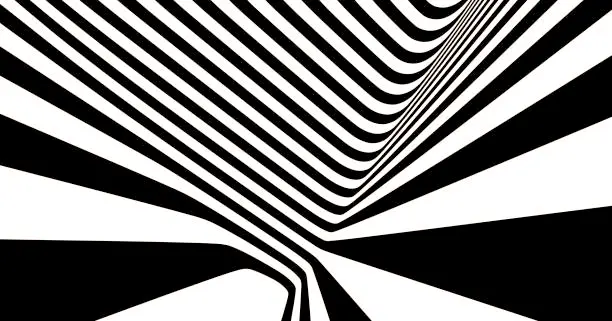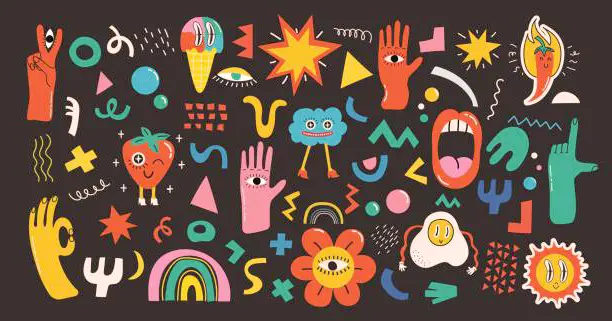
Augmented Reality in Design: Bridging the Gap Between Imagination and Reality
- Admin
In the ever-evolving landscape of design, technology continues to play a pivotal role in shaping new possibilities and pushing boundaries. One such technology that has been gaining significant traction in recent years is Augmented Reality (AR). Augmented Reality, often abbreviated as AR, is a technology that superimposes digital elements onto the real world, providing users with an enhanced and interactive experience. In the realm of design, AR has emerged as a powerful tool, revolutionizing the way designers conceptualize, communicate, and execute their ideas.
Unleashing Creativity
AR has opened up new avenues for creativity, allowing designers to bring their visions to life in ways previously unimaginable. With AR, designers can overlay virtual models, textures, and animations onto physical spaces, providing clients and stakeholders with a realistic preview of their designs. This immersive experience not only enhances understanding but also fosters greater engagement and collaboration throughout the design process.
Enhancing Visualization
One of the key benefits of AR in design is its ability to enhance visualization. Whether it's architectural blueprints, interior layouts, or product prototypes, AR enables designers to visualize their concepts in real-world contexts. By superimposing digital models onto physical environments, designers can evaluate scale, proportion, and spatial relationships more accurately, leading to more informed design decisions and ultimately better outcomes.
Improving Communication
AR serves as a powerful communication tool, enabling designers to convey their ideas more effectively to clients, colleagues, and stakeholders. Instead of relying on 2D drawings or static renderings, designers can use AR to create interactive presentations that allow viewers to explore and interact with designs in real-time. This dynamic and immersive experience helps bridge the gap between designers and their audiences, fostering clearer communication and alignment of vision.
Enriching User Experience
In addition to its applications in design development and communication, AR also holds immense potential for enhancing user experience. From retail and marketing to entertainment and education, AR is transforming how people interact with their environments and engage with content. Designers are leveraging AR to create immersive brand experiences, interactive product demonstrations, and educational simulations that captivate and delight users.
Challenges and Opportunities
While AR offers numerous benefits for designers, it also presents challenges and considerations. Technical limitations, such as device compatibility and tracking accuracy, can impact the effectiveness of AR experiences. Furthermore, integrating AR into existing design workflows may require new skills and workflows. However, with advancements in technology and increased adoption, these challenges are gradually being addressed, opening up new opportunities for innovation and creativity in design.
Looking Ahead
As AR continues to evolve and mature, its influence on the design industry is only expected to grow. From architecture and interior design to graphic design and beyond, AR has the potential to revolutionize the way we create, communicate, and experience design. By embracing AR as a tool for innovation and exploration, designers can unlock new possibilities and shape the future of design in exciting and unprecedented ways.
